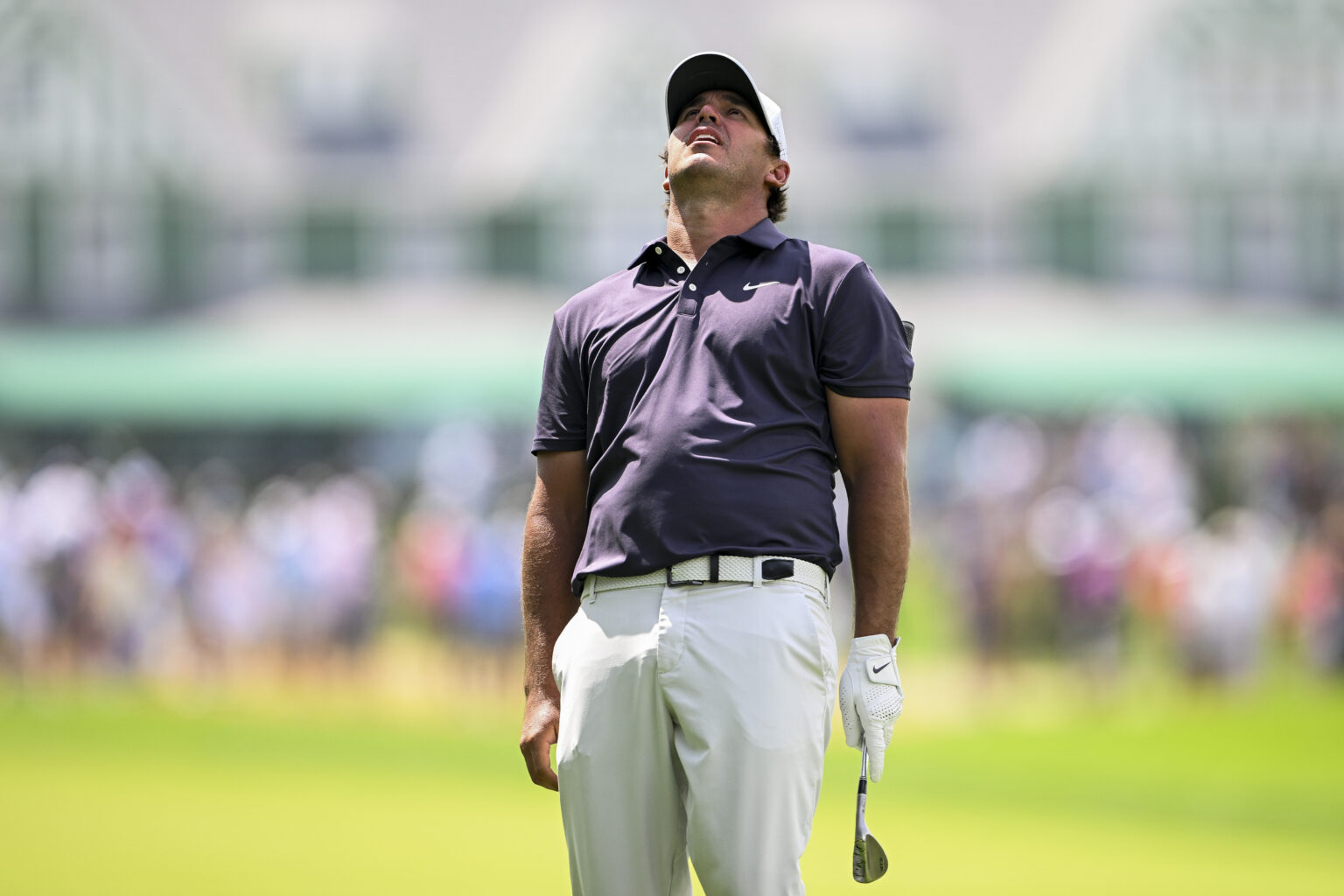The Impact of LIV Golf on Major Championship Performance
In the recent U.S. Open at Oakmont, the stark contrast between LIV Golf participants and traditional PGA Tour players was unmistakable. Observers couldn’t help but notice how LIV golfers appeared noticeably less resilient, almost fragile, especially when faced with the tournament’s demanding conditions. This disparity raises a critical question: Is LIV Golf undermining the true competitive spirit of professional golf, or even impairing the individual skills of its players?
A New Standard of Endurance and Skill
J.J. Spaun’s victory amid relentless rain, treacherous ditches, and thick, tangled grasses exemplified the grit required to succeed in a major. His perseverance, honed through 57 rigorous rounds on the PGA Tour in 2025-against some of the most challenging setups-set him apart from the field. Spaun’s triumph was not merely about skill but about resilience and mental toughness, qualities that are often tested in the crucible of a major championship.
LIV Golf’s Model: A Short-Term Money Grab
In stark contrast, many of the LIV Golf stars have participated in a different kind of competition-one driven by financial incentives rather than the pursuit of excellence. For instance, Brooks Koepka has played only 28 rounds this year on LIV’s more relaxed, exhibition-style courses in locations like Riyadh, Singapore, and Mexico City, where the emphasis is on large guaranteed payouts rather than competitive rigor. These events, often 54 holes and resembling entertainment spectacles, have attracted players seeking lucrative paychecks with minimal physical toll.
The Erosion of Competitive Edge
This approach appears to be taking a toll on their performance in major tournaments. Since LIV’s inception, only two of its claimed top stars-Koepka and Bryson DeChambeau-have secured major titles, and their dominance seems to be waning in 2025. Former European Ryder Cup captain Paul McGinley recently voiced concerns, noting that LIV players, despite their star power, have underperformed in the biggest events. He pointed out that most of these players have not demonstrated the same level of seriousness or consistency since joining LIV, especially in four-round majors.
Struggles at Oakmont: A Case Study
At the recent Open at Oakmont, only six of the 14 LIV players made the cut. Notable names like DeChambeau, Dustin Johnson, and Joaquín Niemann struggled, finishing well over par after just two rounds. Phil Mickelson also found himself at 8 over par. Among those who made the weekend cut, Tyrrell Hatton was the most competitive, but even he faltered on the final holes, illustrating the difficulty LIV players face in handling the physical and mental demands of a true major.
The Physical and Mental Toll of Major Golf
Competing in a major championship is an extraordinary challenge, demanding peak physical stamina and mental resilience. Scottie Scheffler, who recently won the PGA Championship, described the experience as physically exhausting-feeling as if he had been hit by a bus after four days of intense competition. The mental strain of maintaining focus over 72 holes on a tough course is immense, and LIV players seem less prepared for this level of endurance.
Fitness and Form: A Growing Concern
The decline in LIV players’ performance is evident. Koepka, a two-time U.S. Open champion, struggled early and finished tied for 12th at Oakmont, with a total score of 6 over par. His recent majors have seen him accumulate a total of 20 over par, with missed cuts in two of the three events he entered this season. Similarly, Bryson DeChambeau’s performance has been inconsistent; after just 15 LIV rounds heading into the Masters, his game showed signs of fatigue, culminating in a final-round 75 at Augusta and a poor showing at Oakmont.
Course Conditions Favor Traditional Tour Players
Oakmont’s notoriously difficult setup-over five inches of rough, 18-inch grasses, and lightning-fast greens-exposed the limitations of LIV’s approach. While PGA Tour players are accustomed to such conditions, LIV courses tend to favor casual play, not the precision and endurance required for a major. Johnny Miller and Jack Nicklaus, two legendary figures in golf, emphasized that winning at Oakmont demands a combination of physical stamina, mental toughness, and experience-traits that LIV players are still developing or lacking.
The Reality of Elite Competition
As the tournament unfolded, it became clear that the players with the most experience and resilience-like J.J. Spaun-were the ones who truly deserved to win. The LIV contingent, despite their talent, appeared ill-equipped to handle the brutal demands of a major championship. Their performances serve as a stark reminder that golf’s highest honors are reserved for those who combine skill with endurance, focus, and mental fortitude-qualities that are often absent in the LIV model.
Conclusion: The True Test of Golfing Greatness
The Oakmont U.S. Open underscored a fundamental truth: major championships are the ultimate test of a golfer’s ability to endure, adapt, and excel under pressure. While LIV Golf may offer lucrative, less demanding alternatives, it seems to fall short when it comes to preparing players for the rigors of true competition. As the sport continues to evolve, the distinction between exhibition and elite performance becomes ever clearer, reaffirming that the greatest champions are those who can withstand the physical and mental challenges of the game’s most demanding stages.

